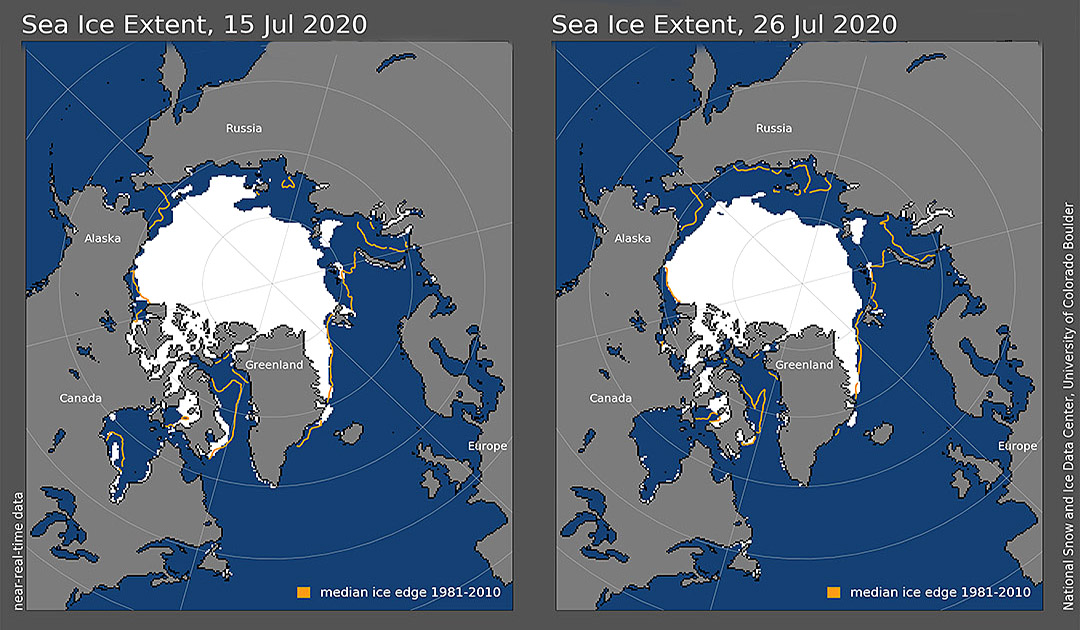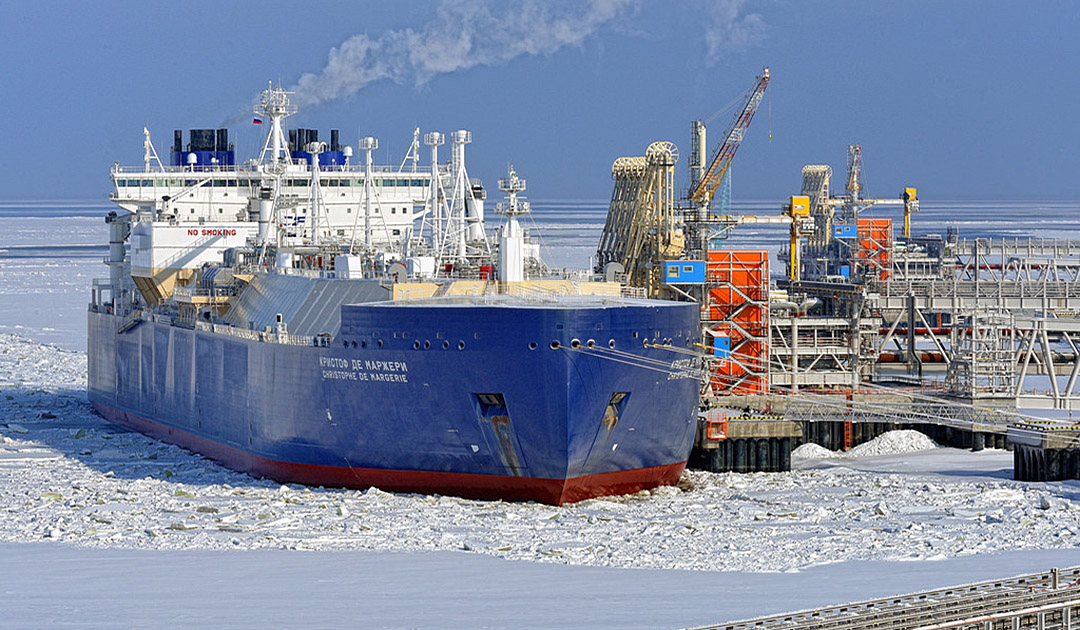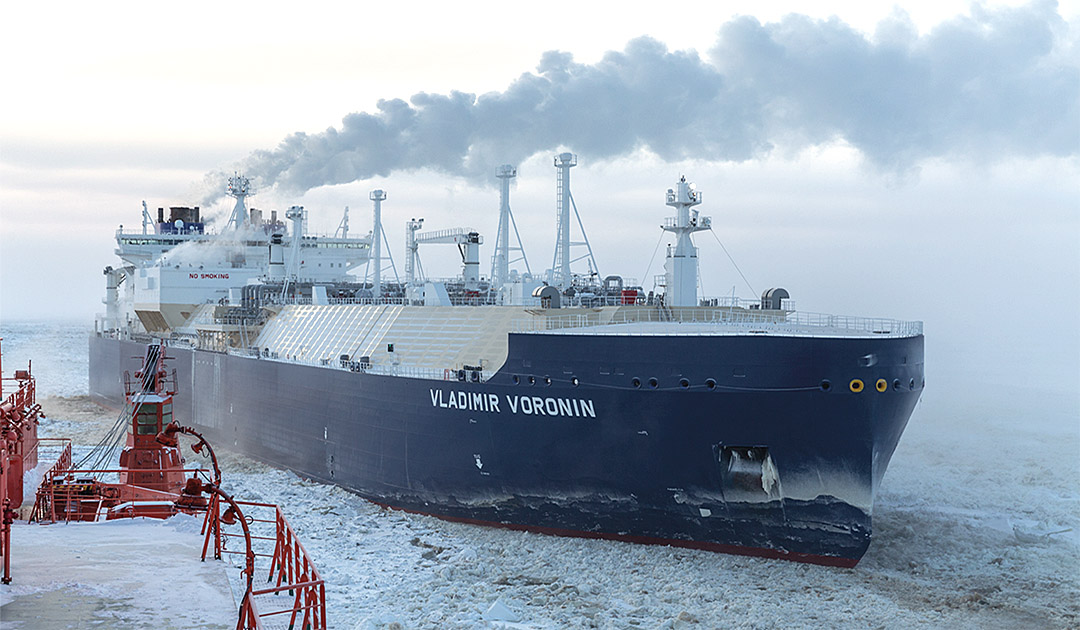
As early as mid-July, the Northern Sea Route was almost ice-free, and on July 20 there was completely open water over the entire sea route. This is largely due to climate change and the tropical temperatures along the East Siberian coast this spring. In May and June, the thermometers showed six degrees higher values than the long-term average. Early snowmelt and thawing permafrost soils were the result. Also in the Laptev Sea, halfway along the Northeast Passage, and in the East Siberian Sea, the ice has declined faster.

More than 50 ships are currently on route, figures from the Northern Sea Route Administration show. On July 26, a total of 16 tankers sailed on the eastern part of the Northern Sea Route. Some of them were small tankers that drove up the large Siberian rivers for supply.
The first LNG tankers crossed the Northeast Passage at the end of May, these were the earliest journeys on the route. The first departure from Sabetta to China was started on May 18 by the ice tanker “Christophe de Margerie” accompanied by the nuclear-powered icebreaker “Yamal”. It was followed on May 24 by the tanker “Vladimir Voronin” accompanied by the nuclear-powered icebreaker “50 Let Pobedy”.
Previously, only “Yamalmax”-class ships sailed in this direction from February to July. “Today, we can guarantee that we can extend navigation in the east to nine to ten months and give our partners access to markets in the Asia-Pacific region,” said Mustafa Kashka, head of

Experimental rides
Russia has high hopes for transports on the NOP and sees it as a potential East-West variant of the Suez Canal. Soon, transports can be carried out via this route, from Europe to Asia, during nine to ten months of the year, government planners say.
The record-breaking journey of the “Christophe de Margerie” should show that transports are also possible in the thick spring ice. In total, the passage of the “Christophe de Margerie” along the North Sea route took 12.5 days, of which 11.2 days under icebreaker support. A total of 2,500 nautical miles were covered (2,100 with an icebreaker). The average speed was 8. 5 knots (7.9 knots in the caravan), said the deputy general manager of
According to Sergey Frank, CEO of Sovcomflot, his shipping company, in cooperation with the nuclear power company Rosatom and the natural gas producer Novatek, will carry out test runs over the eastern and most complicated part of the Northern Sea Route in January-February 2021.
Free travel for sailing ships
The organizing committee of the 2019-2020 expedition around the world, involving training vessels of the Russian Federal Fisheries Agency, met on July 20, 2020 under the chairmanship of Agriculture Minister Dmitry Patrushev and decided to bring the 4-mast sailing ship “Sedov” from Vladivostok via the Northeast Passage to Kaliningrad in the Baltic Sea.

As part of the expedition around the world, the “Sedov” has already spent 179 days at sea and covered 23,000 nautical miles. The first phase of the expedition was completed in Vladivostok on June 3, 2020. On August 18, 2020, the ship is scheduled to depart for Pevek, in the NOP. The transition along the Northeast Passage is scheduled for September to November. The management of the Northern Sea Route will be responsible for navigation on the route.
Heiner Kubny, PolarJournal





